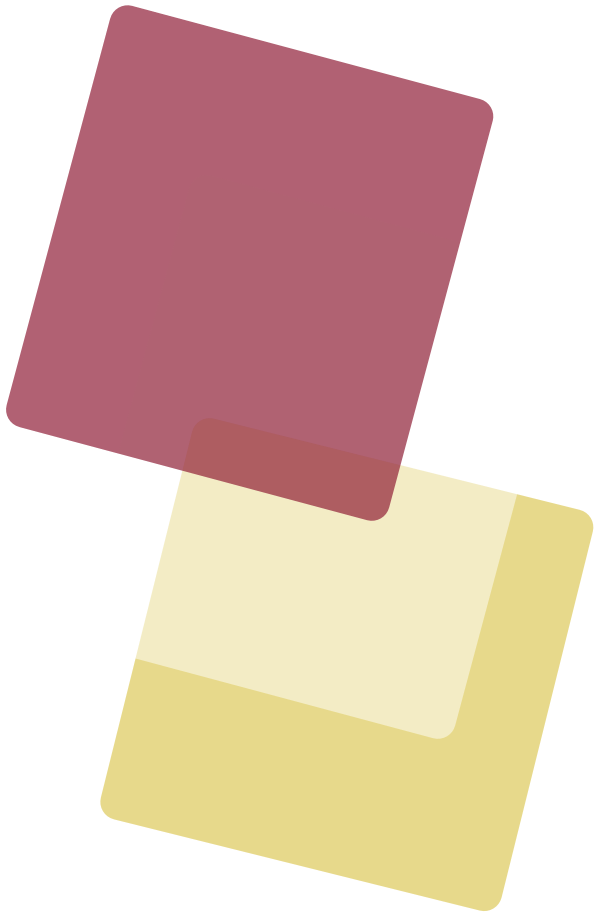
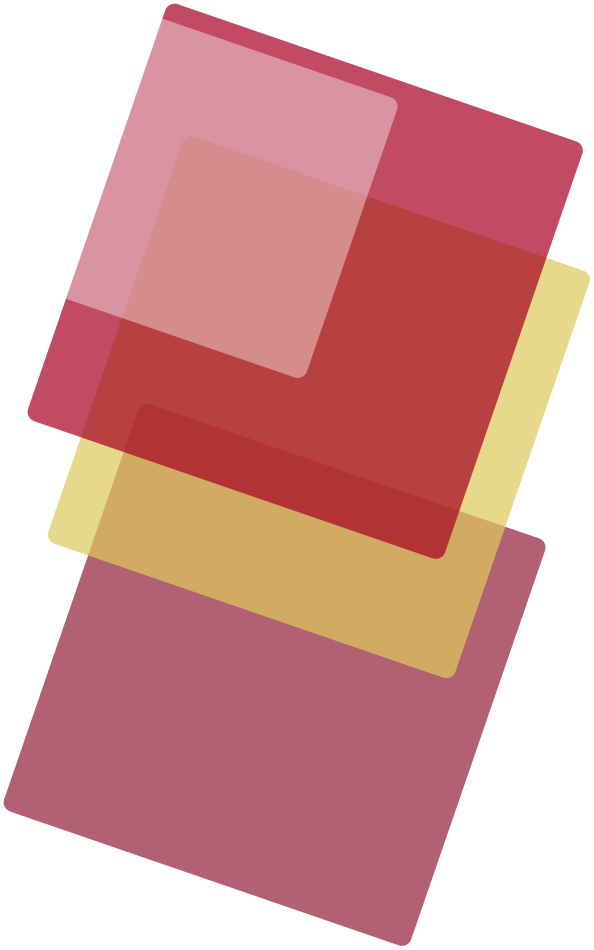
What is PBL?
Project-Based Learning (PBL) is a student-centred approach in which students acquire knowledge and skills in order to answer a driving question based on an authentic real-world challenge, need, problem or concern. PBL has five key stages:the project or problem, formulating strategies & proposals, student exploration & practice, communication & sharing, and feedback & evaluation.
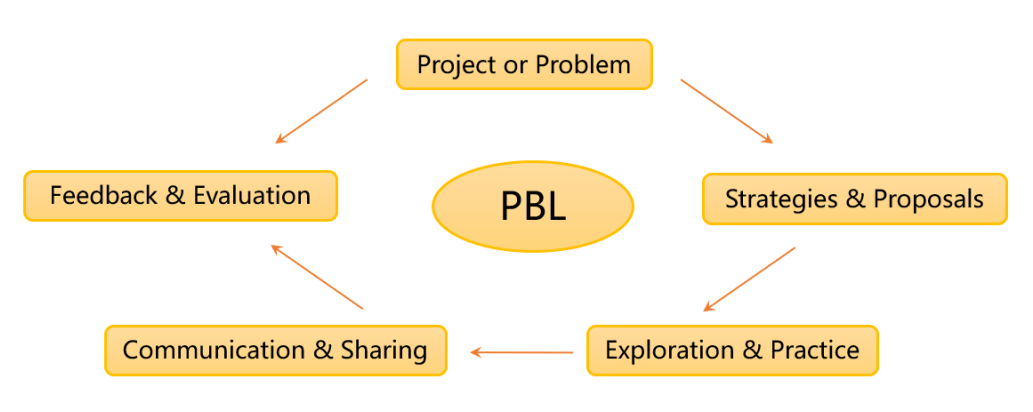
As one of the core teaching methods of Reggio, project-based learning is actually the most intuitive reflection of Reggio's emergent curriculum, which means that every project is designed and created according to the interests of children. Throughout the learning process of PBL, teachers work together with students as learning partners, promoting and guiding students' learning, and supporting students' agency in their own learning.
PBL Plus
In CKN, each semester we design different learning projects by integrating children's interests, their existing knowledge and experience with the six transdisciplinary themes in IB-PYP, as well as achieving balanced development of children in five major areas.
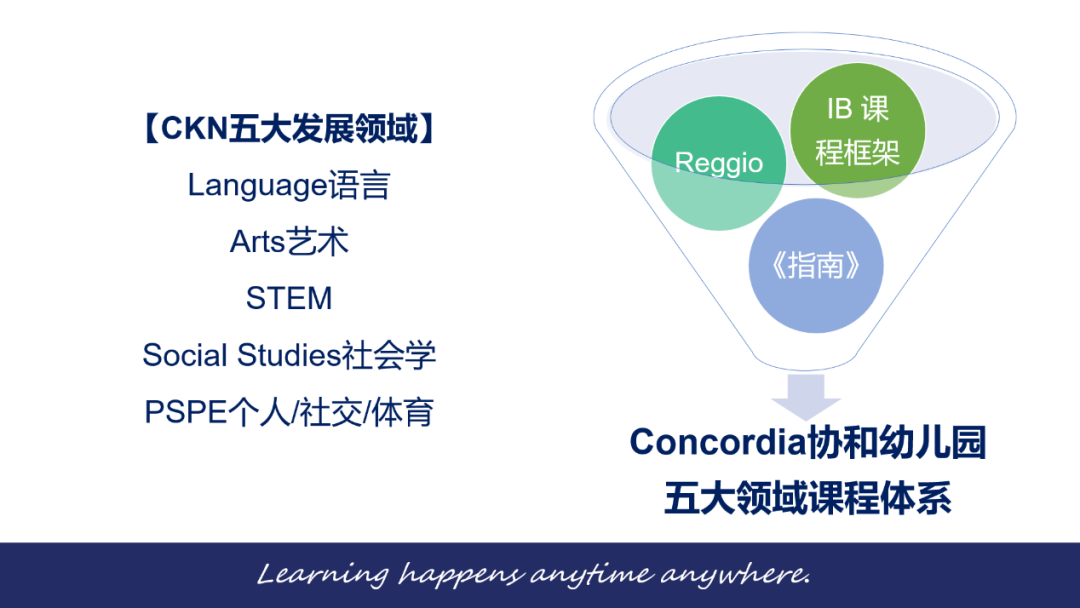
In the study of these themes, our teachers work together collaboratively to create innovative and creative problems and learning experiences for our students in their specialist art, STEM, music and PE classes, encouraging children to use the "100 languages" such as painting, discussion, clay sculpture, body movements and other concrete methods, to express their thoughts, memories and imaginations about the things they observe. At the same time, children naturally develop their knowledge of language, mathematical logic, science, and other key skills. Finally, they acquire the ability to inquire through frequent, meaningful communication and collaboration with teachers and their peers.

At the same time, in order to involve parents in children's PBL learning, teachers have regular communication them.
See How CKN Practices PBL
K0 Numbers and Clock
Children: When is my mummy coming?
Teacher: Mummy will be coming at 3:55
Children: Mummy is coming in the afternoon.
Children: I want to sit this side of the table so I can see the clock.
This is a conversation that often occurs in nursery. Topics related to their family are of special interest to young children. Therefore, teachers chose "When will my mum come to pick me up?" as the core driving question to create a PBL project "Numbers and Clocks".
Through detailed discussion and planning, our teachers created an interesting transdisciplinary "play" plan for the children. Learning through play allows children to acquire new knowledge and skills while having fun!
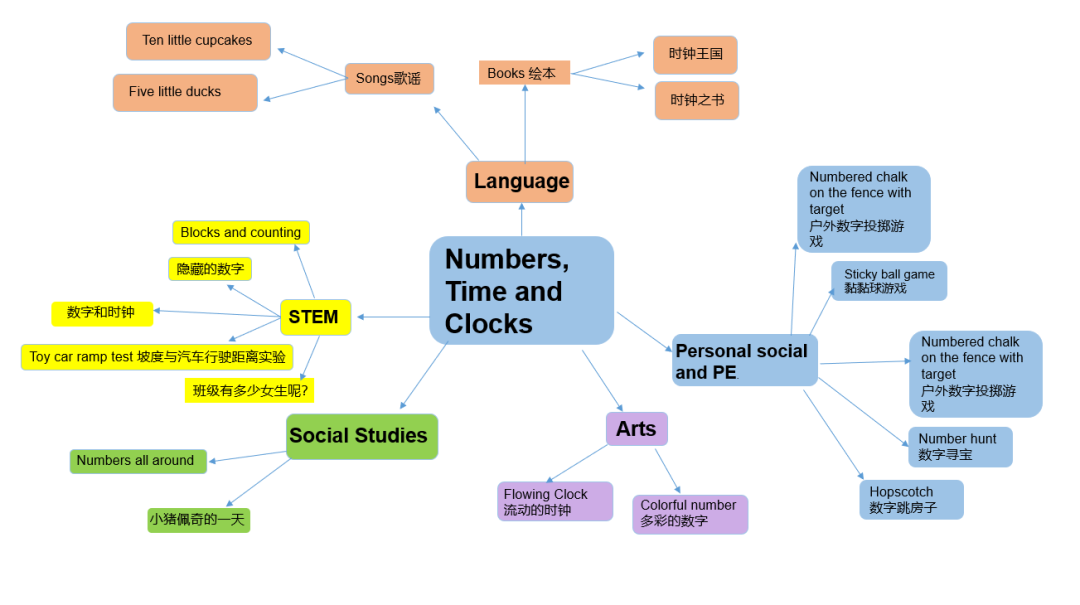
Teachers make sure to include different areas of learning, integrating maths into interesting games, so that children can have fun learning.
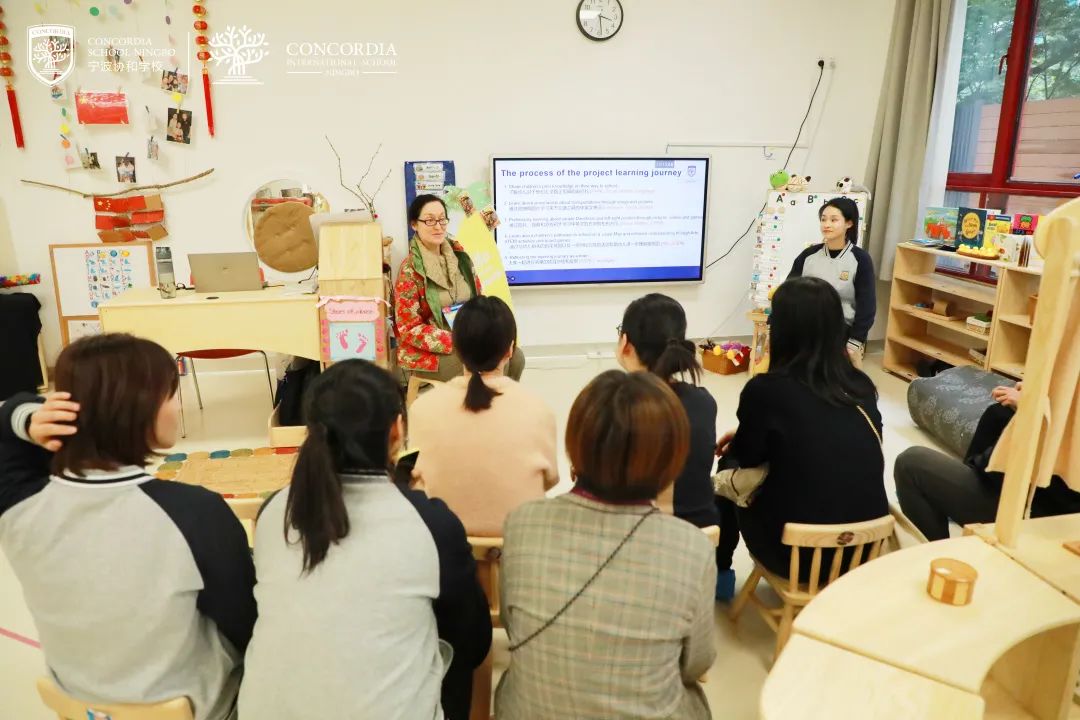
Our teachers catch and record children's every growth moment, paying attention to the children's interests, skills and areas for development, and record these precious moments as they happen in different formats. Teachers use these observations to create meaningful and relevant problems for each class. In CKN's PBL projects, we listen to children's voice and allow each child to be the protagonist in their own story. Teachers also share these meaningful moments and records with parents during the PBL sharing sessions, further promoting our home-kindergarten educational partnership.
K1 A Roadmap
K1 teachers observed that children had been talking about the routes they came to school for a few weeks. Inspired by this, they used "How do you come to school every day?" as the core driving question to create a PBL project about roadmaps.
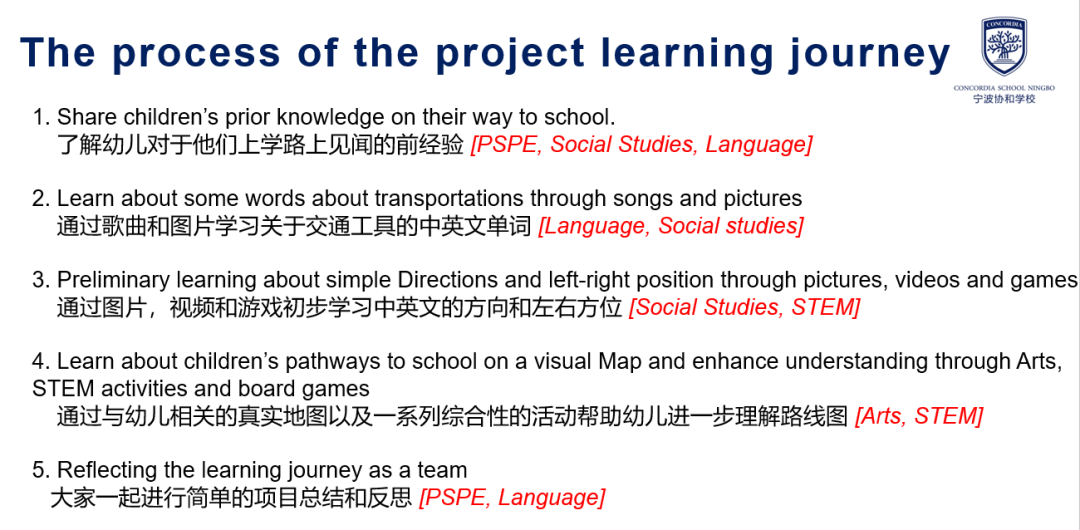
▲K1 PBL project learning journey
Children's understanding progressed throughout the project. In the map game, Alex is getting ready for the mathematical concept of addition with the support from his teacher. Children are always inspired by teacher's encouragement and support. In STEM class, Hannah created a cross using two lolly sticks and used it to represent a hospital on the map. While in art, Elly drew a yellow tree to hint at the coming of autumn on her way to school. At Concordia, our teachers encourage the children's creativity and imagination to flourish.
Children can be very observant and enjoy sharing their findings, thinking and understanding with the class:
In Morning Circle Time Johnny said "It's like the GPS!"
When he found a parking sign on the map building game Jackson said "Sometimes...it can be difficult to park...can't find a parking space."
Our teachers make use of children's ability to make connections to build a bridge between the learning content and the real world, allowing the children to better understand complex concepts such as "route", "location", and "road sign".

During the learning process, children's numerical concepts, memory, comprehension, and hands-on ability have improved greatly under the guidance of their teachers. At the end of the project, our children and teachers will also review the learning and exchange ideas, giving this project a pleasant and meaningful ending.
K2&3 Plant Growth
There was an interesting conversation during K2/3's outdoor activity:
Poppy: Teacher, where does this dog-tail grass come from? How does it grow?
Kai: The dog-tail grass is picked from the school ground.
Camellia: No, the dog-tail grass grows from the soil, because there is water and soil.
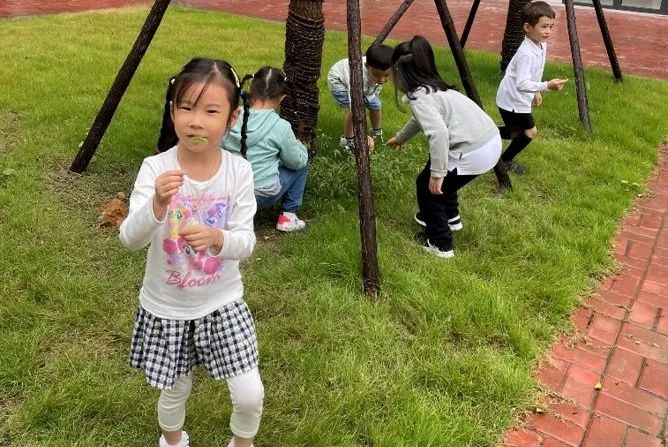
Since the children were so interested in the growth of plants, teachers in K2&K3 created a PBL project about plant growth, and used "What do plants need in order to grow?" as the core inquiry question. According to children's choices and interests, our teachers not only arranged a well-designed weekly plan, but also combined specific subjects to offer more related questions that guided children to explore the answers.
In art class, children expressed their understanding of the life cycle of plants by painting. Their drawings are not just of flowers but also the sun, grassland, rain and soil. Their young minds have great potential and wonderful ideas!

Teacher: "What does your flower need in order to grow?"
Poppy: "My flower needs sun, moonlight and water to grow up."
Poppy's answer reflects her diligent study in plant growth.
Kai: "It needs a seed, and then it will slowly grow bigger and bigger!"
Kai not only totally understood the question teacher asked, but was also was able to express his idea in a complete sentence.
Elle: "Colourful flowers need to be planted with colourful seeds."
Elle's unique idea also inspired our teachers. Maybe next time, we can further explore whether seeds with different colours will grow colourful flowers.
Loki:"It needs rain to grow."
Compared with only using his favourite colour blue at the beginning of kindergarten, Loki is now more interested in painting and is able to express his ideas in different colours. For example, in this picture, he used blue to represent rain.

At Concordia, learning happens anytime, anywhere, and is never limited to books or classrooms. We believe that is even more important than knowledge itself is to ignite children's enthusiasm to learn, inspire them to explore freely, and grow into proactive learners.
Teachers also connected this PBL project to English learning experiences. In English class, children learned everything through the five senses in order to learn how they comprehend information. Children used their ears to hear weather sounds, hands to touch and plant seeds, eyes to observe how plants grow, and noses to smell the different plants.
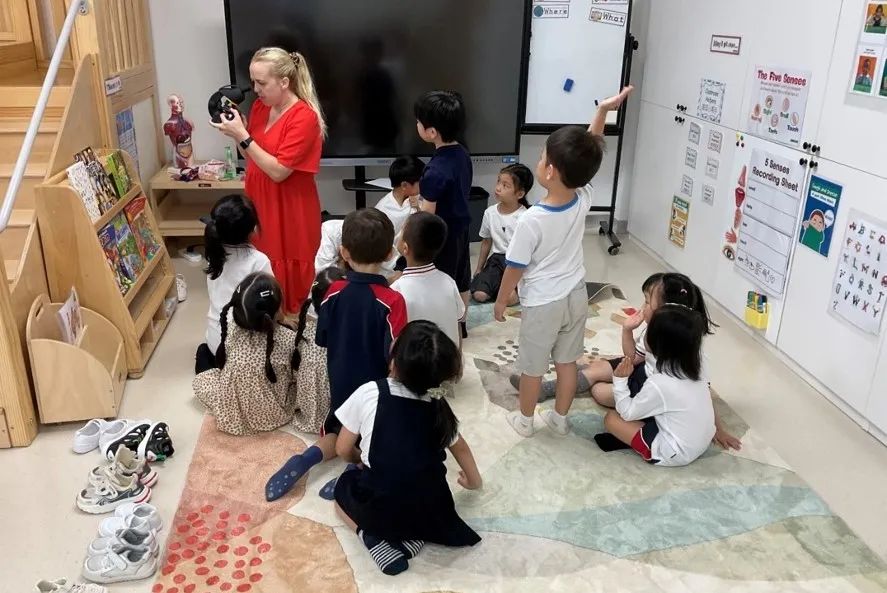
The Little Prince once said: "Maybe there are 5,000 flowers exactly like you in the world, but you are my unique rose." So when that little mung bean became the unique "rose" for children, they were delighted to take the responsibility of taking care of their little beans.
At the sharing session, children couldn't wait to display their observation work. Each child introduced the growth process of a mung bean according to their own observations and imagination. Furthermore, children also brought in plants, connecting their learning with real life. Isabelle bought in rice ear, and Louis confidently shared a story of himself and an old eggplant.
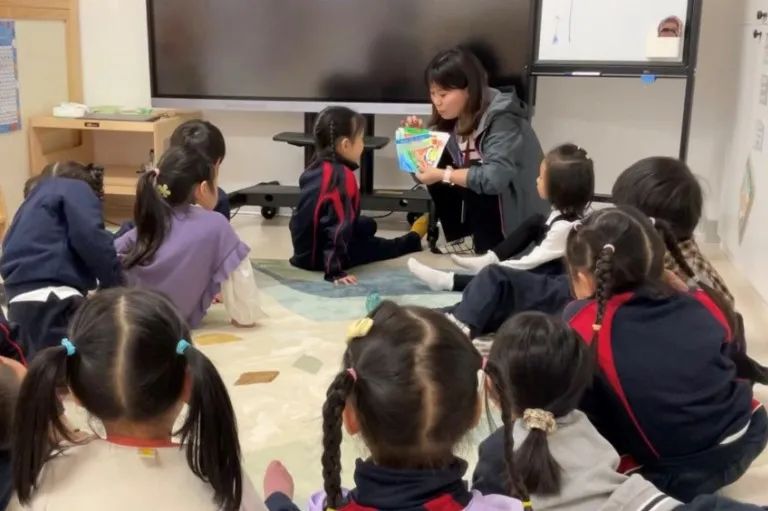
Teachers' careful and caring design and children's active participation make each PBL project a great success. Teachers make efforts to listen to children's voice, find their interests, and develop innovate and meaningful PBL projects. During each PBL project, a connection between the learning content and the real world is established, allowing children to gain knowledge and skills via first-hand experience. Concordia hopes that through these child-initiated PBL projects, students can always keep their curiosity about the world, keep inquiring and exploring, develop their agency and self-efficiency, and truly become masters of learning!
Concordia International School Ningbo serves students from age 3 to age 18 and provides a rigorous, globally focused education that fosters inquiry, knowledge empathy, and nurtures a lifelong love of learning.
Concordia International School Ningbo
+86(0)574 8807 6699
No.18 Guangfu street,Yinzhou District,Ningbo
Concordia International School Ningbo All right reserved.

朱经理
86-139-8933-7302